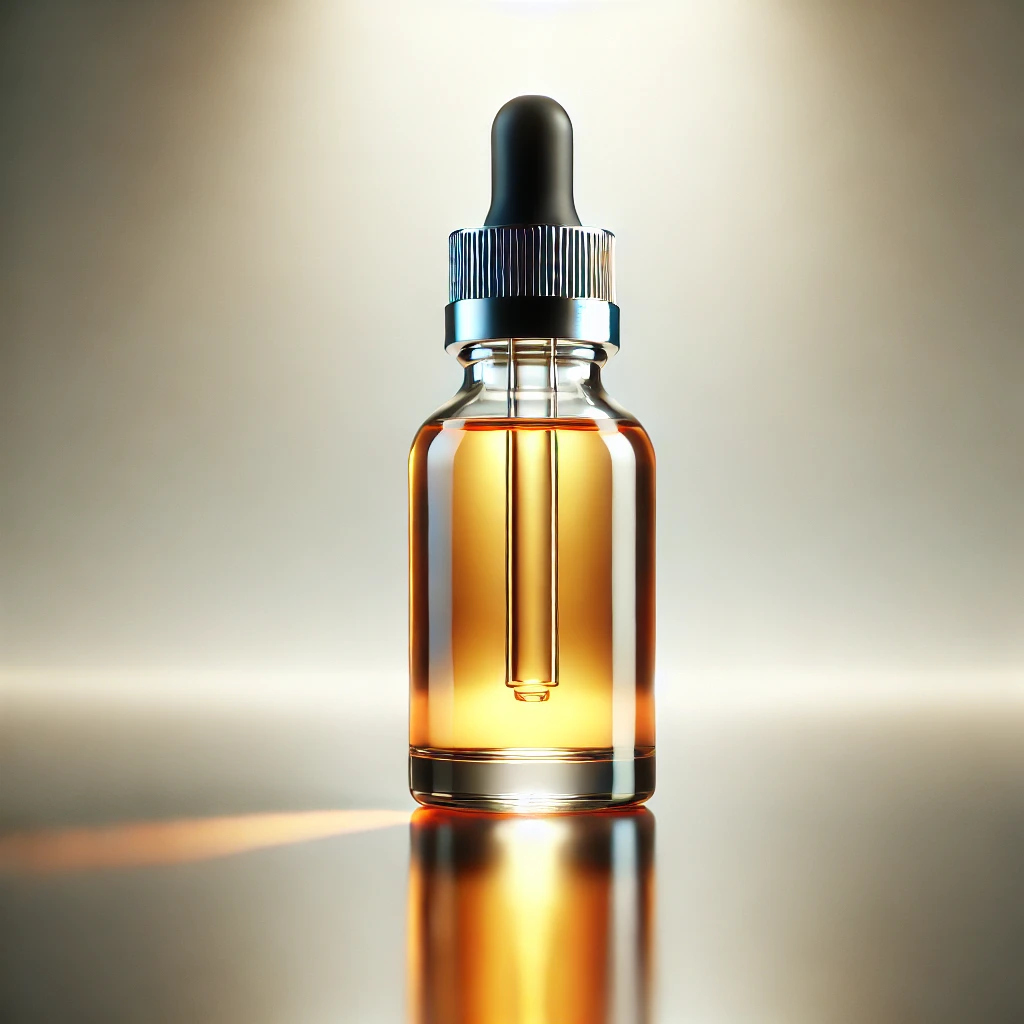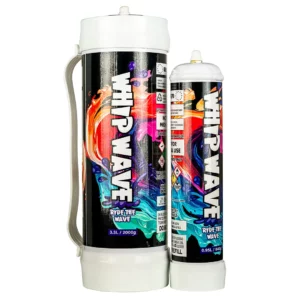In the rapidly evolving world of cannabis consumption, THC vape juice has emerged as a popular and controversial option. As the lines between recreational use and medicinal benefits blur, it’s crucial to separate fact from fiction. This comprehensive guide dives deep into the realm of liquid THC, exploring its effects, composition, and the ongoing debate surrounding its use. Whether you’re a curious newcomer or a seasoned enthusiast, prepare to unravel the complexities of this potent cannabinoid concentrate.
Introduction to THC Vape Juice
THC vape juice, also known as liquid THC or cannabis e-liquid, is a concentrated form of tetrahydrocannabinol (THC) designed for use in vaporizers or e-cigarettes. This potent liquid cannabinoid has gained traction among cannabis users for its convenience, discretion, and rapid onset of effects.
At its core, THC vape juice is a blend of THC extract and thinning agents, typically propylene glycol (PG) or vegetable glycerin (VG). These ingredients allow the THC to be vaporized at lower temperatures, creating an inhalable mist that delivers the psychoactive compound directly to the lungs for quick absorption.
The concentration of THC in vape juice can vary widely, ranging from mild formulations with 10% THC to high-potency options boasting up to 90% THC content. This variability allows users to tailor their experience based on personal tolerance and desired effects.
It’s important to note that while THC vape juice offers a novel way to consume cannabis, it’s not without controversy. The legality of THC products varies by jurisdiction, and concerns about safety and quality control persist in the industry. As with any cannabis product, users should prioritize purchasing from reputable sources and be aware of local laws and regulations.
Key points to consider about THC vape juice include:
- Composition: A mixture of THC extract and thinning agents
- Potency: Highly variable, with concentrations ranging from 10% to 90% THC
- Method of use: Designed for vaporization and inhalation
- Onset: Rapid effects due to quick absorption through the lungs
- Legal status: Varies by location, often subject to strict regulations
As we delve deeper into the world of THC vape juice, we’ll explore its effects, benefits, potential risks, and the science behind this concentrated form of cannabis. Understanding these aspects is crucial for anyone considering or currently using THC vape products.
Effects and Benefits of THC Vape Juice
THC vape juice, a form of liquid delta 9 THC, has gained popularity due to its rapid onset of effects and perceived benefits. As with any cannabis product, it’s crucial to understand both the potential advantages and risks associated with its use.
The effects of THC vape juice can be felt almost immediately after inhalation, typically within minutes. This is because the vaporized liquid cannabinoids are quickly absorbed through the lungs and into the bloodstream. Users often report experiencing:
- Euphoria and mood elevation
- Relaxation and stress relief
- Altered perception of time and space
- Increased appetite (commonly known as “the munchies”)
- Enhanced sensory experiences
It’s important to note that the intensity and duration of these effects can vary based on factors such as THC concentration, individual tolerance, and dosage.
Some potential benefits that users report from THC vape juice include:
- Pain relief: THC has analgesic properties that may help manage chronic pain conditions.
- Anxiety reduction: Some users find that THC helps alleviate anxiety symptoms, although this can be dose-dependent.
- Sleep aid: THC may help improve sleep quality for some individuals.
- Nausea suppression: THC has antiemetic properties, which can be beneficial for those undergoing chemotherapy or dealing with other nausea-inducing conditions.
However, it’s crucial to approach these potential benefits with caution. While anecdotal evidence supports these claims, more research is needed to fully understand the therapeutic potential of vaporized THC.
The rising popularity of THC vaping, especially among young adults, has raised concerns in the medical community. According to a study published in JAMA Pediatrics, the prevalence of cannabis vaping among young people who reported current use of e-cigarettes was 35.0% for those aged 12 to 14 years, 51.3% for those aged 15 to 17 years, and 54.6% for young adults. This trend is particularly worrying given the potential risks associated with early cannabis use.
Furthermore, data from the National Institute on Drug Abuse shows that among college students, rates of cannabis vaping reported in the past 30 days increased from 5% in 2017 to 11% in 2018 and 14% in 2019. The same source reports that among non-college young adults, rates of cannabis vaping in the past 30 days increased from 8% in 2017 and 2018 to 17% in 2019.
These statistics highlight the importance of education and responsible use. While THC vape juice may offer potential benefits, it’s not without risks. Users should be aware of the legal status in their area, potential side effects, and the importance of purchasing from reputable sources to ensure product safety and quality.
Biochemistry of Delta 9 THC
Delta-9-tetrahydrocannabinol, commonly known as Delta 9 THC, is the primary psychoactive compound found in cannabis. When consumed in liquid form, such as liquid delta 9, it interacts with the body’s endocannabinoid system in complex ways, producing a range of effects.
At its core, Delta 9 THC is a lipid-based molecule that easily crosses the blood-brain barrier. Once in the brain, it primarily interacts with two types of cannabinoid receptors:
- CB1 receptors: Predominantly found in the central nervous system
- CB2 receptors: Mainly located in the peripheral nervous system and immune cells
The interaction with CB1 receptors is responsible for most of THC’s psychoactive effects. When Delta 9 THC binds to these receptors, it triggers a cascade of biochemical reactions that lead to alterations in neurotransmitter release. This process affects various brain functions, including:
- Mood regulation
- Memory formation
- Pain perception
- Appetite control
Interestingly, the body produces its own cannabinoids, known as endocannabinoids. Delta 9 THC mimics these natural compounds, which is why it can have such profound effects on our physiology and psychology.
The metabolism of Delta 9 THC is another crucial aspect of its biochemistry. When ingested, THC is processed by the liver, where it’s converted into 11-hydroxy-THC. This metabolite is actually more potent than Delta 9 THC itself and can cross the blood-brain barrier more easily. However, when vaporized and inhaled, as with liquid delta 9 products, much of the THC bypasses this initial liver metabolism, leading to faster onset of effects.
It’s worth noting that the concentration and purity of Delta 9 THC in liquid form can significantly impact its biochemical interactions. Higher concentrations may lead to more intense effects and potentially increase the risk of adverse reactions.
The biochemistry of Delta 9 THC also explains why its effects can vary so widely between individuals. Factors such as:
- Genetic variations in cannabinoid receptors
- Differences in metabolic enzymes
- Prior exposure to cannabinoids
- Overall health and body composition
All play a role in how an individual responds to liquid delta 9 and other THC products.
Understanding the biochemistry of Delta 9 THC is crucial for both users and researchers. It helps explain the compound’s effects, potential therapeutic applications, and possible risks. As research in this field continues to evolve, we may gain even deeper insights into how this complex molecule interacts with our bodies and minds.
Benefits and Potential Risks of Making Your Own Vape Juice
Creating your own vape juice has become a popular trend among enthusiasts. While it offers certain advantages, it’s crucial to understand the potential risks involved. Let’s explore both sides of this practice.
Benefits of DIY vape juice:
- Cost-effectiveness: Making your own vape juice can be significantly cheaper than purchasing pre-made products.
- Customization: You have full control over the ingredients, allowing you to tailor the flavor, nicotine strength, and PG/VG ratio to your preferences.
- Transparency: By selecting your own ingredients, you know exactly what’s going into your vape juice, avoiding potentially harmful additives.
- Hobby aspect: For some, the process of creating vape juice can be an enjoyable and rewarding hobby.
However, the potential risks of making your own vape juice are significant and should not be overlooked:
- Safety concerns: Handling concentrated nicotine can be dangerous. Skin contact or accidental ingestion can lead to nicotine poisoning, which can be severe or even fatal.
- Quality control issues: Without professional equipment and expertise, it’s challenging to ensure consistent quality and potency in homemade vape juice.
- Legal implications: In many jurisdictions, it’s illegal to manufacture THC-containing products without proper licensing and regulation.
- Health risks: Improper mixing or use of low-quality ingredients can lead to the creation of harmful compounds when vaporized.
- Lack of testing: Commercial products undergo testing for contaminants and potency, which isn’t possible with homemade vape juice.
- Equipment investment: Proper safety gear and mixing equipment can be costly, potentially offsetting the cost savings of DIY.
It’s important to note that while making your own nicotine-based vape juice carries risks, attempting to create THC vape juice at home is even more dangerous and often illegal. The extraction and processing of THC require specialized knowledge and equipment to ensure safety and efficacy.
If you’re considering making your own vape juice, it’s crucial to:
- Thoroughly research the process and safety precautions
- Use high-quality, food-grade ingredients
- Invest in proper safety equipment, including gloves and protective eyewear
- Accurately measure and record all ingredients
- Store materials safely, especially away from children and pets
Ultimately, while DIY vape juice offers some benefits, the potential risks are significant. For most users, purchasing professionally manufactured products from reputable sources remains the safest option.
Buying Guide
When considering purchasing THC vape products, such as thc refillable juice or cart juice thc, it’s crucial to prioritize safety, quality, and legality. This buying guide will help you navigate the complex world of THC vaping products, including thc pod kits and thc oil for refillable cartridges.
- Verify Legality: Before making any purchase, ensure that THC products are legal in your jurisdiction. Laws vary widely, and what’s permissible in one area may be illegal in another.
- Choose Reputable Sources: Purchase only from licensed, reputable dispensaries or manufacturers. According to the CDC, 79% of THC-containing product users reported using prefilled, oil-containing cartridges. Avoid black market products, as these can be dangerous and potentially contaminated.
- Check for Lab Testing: Reputable manufacturers will provide third-party lab test results. These tests verify the potency and purity of the product, ensuring it’s free from harmful contaminants.
- Consider Potency: THC concentrations can vary widely. For beginners, start with lower potency products and gradually increase as needed. Remember, the prevalence of cannabis vaping among young people has been increasing, making it crucial to understand potency and use responsibly.
- Evaluate Cartridge Quality: If you’re buying a thc pod kit or thc oil refill, ensure the cartridges are made from high-quality materials. Avoid plastic cartridges, as they can leach chemicals when heated.
- Understand the Ingredients: Quality thc oil for refillable cartridges should contain only cannabis extract and natural terpenes. Be wary of products with unnecessary additives or cutting agents.
- Consider the Strain: Different cannabis strains produce different effects. Research the strain used in the product to ensure it aligns with your desired experience.
- Read Reviews: Look for user reviews and experiences, but be cautious of overly positive or sponsored content. Genuine user feedback can provide valuable insights.
- Evaluate Cost vs. Quality: While it might be tempting to opt for cheaper options, remember that quality and safety should be your top priorities. Investing in a higher-quality product is often worth the extra cost.
- Check Compatibility: If you’re buying thc oil refill or cart juice thc, ensure it’s compatible with your vaping device. Not all oils work with all devices.
Remember, the brand “Dank Vapes” was the most commonly reported brand name among THC-containing product users, accounting for 21% of the products reported in a CDC study. However, this brand has been linked to counterfeit products and health issues, highlighting the importance of purchasing from verified, legal sources.
Lastly, it’s crucial to note that vaping THC, especially among young people, has seen a significant increase. In 2018, 13.1% of 12th graders reported vaping marijuana, up from 9.5% in 2017. This trend underscores the need for education about the potential risks and responsible use of these products.
By following this guide, you can make more informed decisions when purchasing THC vape products, prioritizing your safety and the quality of your experience.
How to Use THC Vape Juice
Using THC vape juice, sometimes referred to as dab juice, requires careful consideration and proper technique to ensure a safe and enjoyable experience. Here’s a step-by-step guide on how to use THC vape juice effectively:
- Choose the Right Equipment: Select a vaporizer or e-cigarette device compatible with THC vape juice. Ensure your device is designed for use with cannabis concentrates, as some e-cigarettes are only suitable for nicotine-based e-liquids.
- Fill the Tank or Cartridge: Carefully fill your device’s tank or cartridge with the THC vape juice. Be sure not to overfill, as this can lead to leakage and waste. Most devices have a fill line or maximum capacity indicator.
- Prime the Coil: If you’re using a refillable tank, allow the juice to saturate the coil for a few minutes before use. This prevents dry hits and extends the life of your coil.
- Set the Right Temperature: If your device allows temperature control, start at a lower setting (around 315°F or 157°C) and adjust as needed. Lower temperatures typically produce smoother vapor and preserve more terpenes.
- Start with Small Puffs: Begin with small, controlled puffs to gauge the potency and effects. THC vape juice can be highly concentrated, so it’s crucial to start slow, especially if you’re new to vaping or using a new product.
- Inhale Properly: Take a slow, steady draw from your device. Hold the vapor in your lungs for a few seconds before exhaling. This allows for better absorption of the THC.
- Wait Between Puffs: The effects of vaporized THC can be felt quickly, often within minutes. Wait 5-10 minutes between puffs to assess the impact before taking more.
- Stay Hydrated: Vaping can cause dry mouth, so keep water handy and stay hydrated throughout your session.
- Store Properly: When not in use, store your THC vape juice and device in a cool, dark place away from direct sunlight and heat. This helps preserve the potency and flavor of the juice.
- Clean Regularly: Maintain your device by cleaning it regularly according to the manufacturer’s instructions. This ensures optimal performance and longevity of your equipment.
Safety Considerations:
- Never modify your device or use it in ways not intended by the manufacturer.
- Avoid sharing your vape device to prevent the spread of germs.
- Be aware of your surroundings and local laws regarding cannabis use.
- If you experience any adverse effects, discontinue use immediately and seek medical attention if necessary.
Remember, the potency of dab juice can vary significantly between products. Always start with a lower dose and gradually increase as you become familiar with the effects. It’s also crucial to purchase your THC vape juice from reputable, licensed sources to ensure quality and safety.
Lastly, while vaping THC can offer a convenient and discreet method of consumption, it’s important to be mindful of potential health risks associated with vaping. Stay informed about the latest research and recommendations from health professionals regarding the use of vaporized cannabis products.










